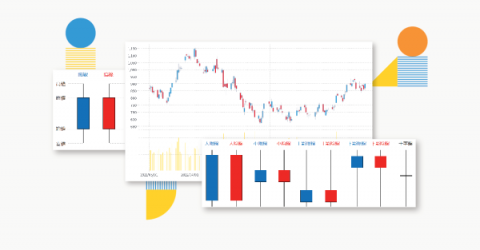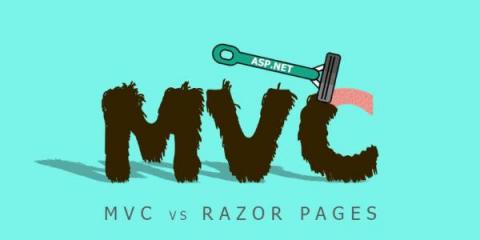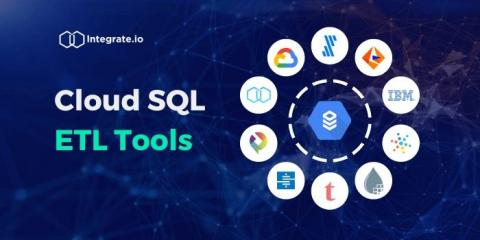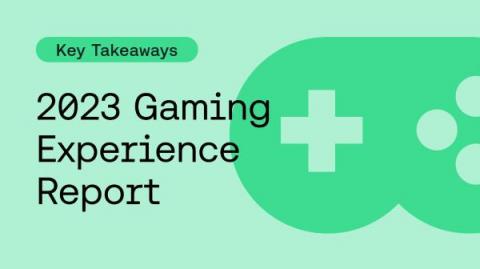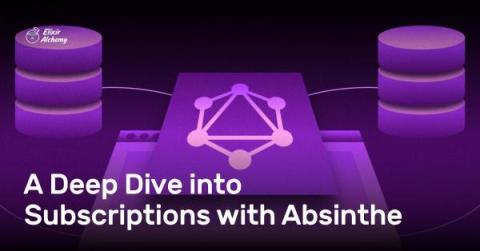Systems | Development | Analytics | API | Testing
Latest News
How to Build QA at Scale Through Device Architecture
How Data Governance Frameworks Benefit from Data Fabric
The value of data is no longer debatable. But the secret to unlocking that value still evades many organizations. Only 44% of data and analytics leaders think their teams are effective in providing value, according to a new Gartner® survey. And business users are still struggling, too, citing accessibility issues and complexity as barriers to data use. Combine this with low executive confidence in data, and it’s clear that data challenges are ubiquitous.
How to Analyze Price Movements using Yellowfin Candlestick Charts
ASP.NET Razor Pages vs MVC: How Do Razor Pages Fit in Your Toolbox?
As part of the release of.NET Core 2.0, there are also some updates to ASP.NET. Among these is the addition of a new web framework for creating a “page” without the full complexity of ASP.NET MVC. New Razor Pages are a slimmer version of the MVC framework and, in some ways, an evolution of the old “.aspx” WebForms. In this article, we are going to delve into some of the finer points of using ASP.NET Razor Pages versus MVC.
10 Best Google Cloud SQL ETL Tools
Is GitHub Safe?
How to Set Up Flutter Code Push With Shorebird and Codemagic
Mobile developers using Javascript-based mobile application development platforms such as Cordova, Ionic and React Native have enjoyed the benefit of being able to push app updates over-the-air without resubmitting their apps to the App Store or Google Play for quite some time. As long as the updates are not compiled code, and don’t change the primary purpose of the application then both Apple and Google allow this.
Key Takeaways from the 2023 Gaming Experience Survey Report
A Deep Dive into Subscriptions with Absinthe
In this series, we've seen how to create GraphQL APIs in Elixir using Absinthe. So far, we have only discussed a one-way communication channel where the client makes the queries or mutations, and the server responds. GraphQL also supports a long-running subscription between the client and the server where the server can notify the client of events. This can be very useful in multi-user scenarios where many users might interact with the same resource at the same time.





